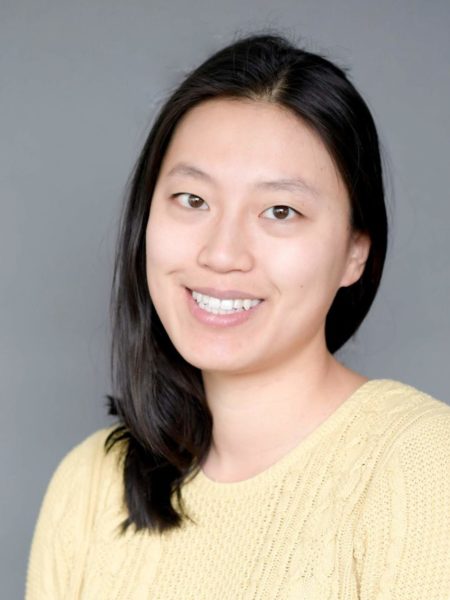Ultracold atomic systems usually work with ground-state atoms, where the van der Waals interactions are short-range and can be modeled as contact potentials. Rydberg atoms are atoms in a highly excited principal quantum number state (n > 20). Using an ultraviolet laser (230 nm), we directly couple our ground-state atoms to a Rydberg P-state. In this excited state, the valence electron is far away from the nucleus, so the atoms are highly polarizable. This leads to strong long-range interactions between the Rydberg atoms. Previously, we used resonant excitation to a low-lying Rydberg state (23P) to study the quench dynamics of a two-dimensional quantum Ising spin system. Now, we have realized an itinerant atomic Fermi gas with strong long-range interactions. For this, we needed to extend the short lifetime of the Rydberg state (~10 us) by off-resonantly coupling to a Rydberg state (27P). This method is known as Rydberg dressing. In this limit, the ground state acquires a small admixture of the Rydberg state, greatly enhancing its lifetime to make it comparable to motional timescales, while reducing the strength of the interactions to allow competition with the kinetic energy of the gas.
Quench Dynamics of a Fermi Gas with Strong Nonlocal Interactions
Guardado-Sanchez, E., Spar, B., Schauss, P., Belyansky, R., Young, J., Bienias, P., Gorshkov, A., Iadecola, T. & Bakr, W.
Phys. Rev. X 11, 021036 (2021) [Featured in “Physics”]
Itinerant quantum gases with strong, long-range interactions can be used for the quantum simulation of many interesting quantum many-body phenomena including quantum magnetism, topological superfluidity and supersolidity. This has spurred the development of various experimental systems with non-local interactions including magnetic atoms and polar molecules, but reaching the regime of non-local interactions strong compared to the kinetic energy has been elusive to date. In this work, we realize experiments where we induce such interactions in a 2D Fermi gas of lithium-6 atoms using Rydberg dressing. We achieve this by off-resonantly coupling our neutral atoms to a highly excited Rydberg state via a single-photon transition. We measure the interactions using many-body Ramsey interferometry and study the lifetime of the gas in the presence of tunneling, finding that tunneling does not reduce the lifetime. The system is approximately described by a t − V model on a square lattice where the fermions experience isotropic nearest-neighbor interactions and are free to hop only along one direction. To probe the interplay of non-local interactions with tunneling, we investigate the short-time relaxation dynamics of charge density waves in the gas. We find that strong nearest-neighbor interactions slow down the relaxation due to kinetic constraints. Our work opens the door for quantum simulations of other lattice systems with strong non-local interactions such as extended Fermi-Hubbard models.
Probing the Quench Dynamics of Antiferromagnetic Correlations in a 2D Quantum Ising Spin System
Guardado-Sanchez, E., Brown, P., Mitra, D., Devakul, T., Huse, D. Schauss, P. & Bakr, W.
Phys. Rev. X 8, 021069 (2018) [Featured in “Physics”]
Simulating the real-time evolution of quantum spin systems far out of equilibrium poses a major theoretical challenge, especially in more than one dimension. We experimentally explore quench dynamics in a two-dimensional Ising spin system with transverse and longitudinal fields. We realize the system with a near unit-occupancy atomic array of over 200 atoms obtained by loading a spin-polarized band insulator of fermionic lithium into an optical lattice and induce short-range interactions by direct excitation to a low-lying Rydberg state. Using site-resolved microscopy, we probe antiferromagnetic correlations in the system after a sudden quench from a paramagnetic state and compare our measurements to numerical calculations using state-of-the-art techniques. We achieve many-body states with longer-range antiferromagnetic correlations by implementing a near-adiabatic quench of the longitudinal field and study the buildup of correlations as we vary the rate with which we change the field.

 Zoe Yan
Zoe Yan Max Prichard
Max Prichard Benjamin Spar
Benjamin Spar